Homemade Kuri Gohan (Chestnut Rice) with Gomashio (Salt coated sesame)
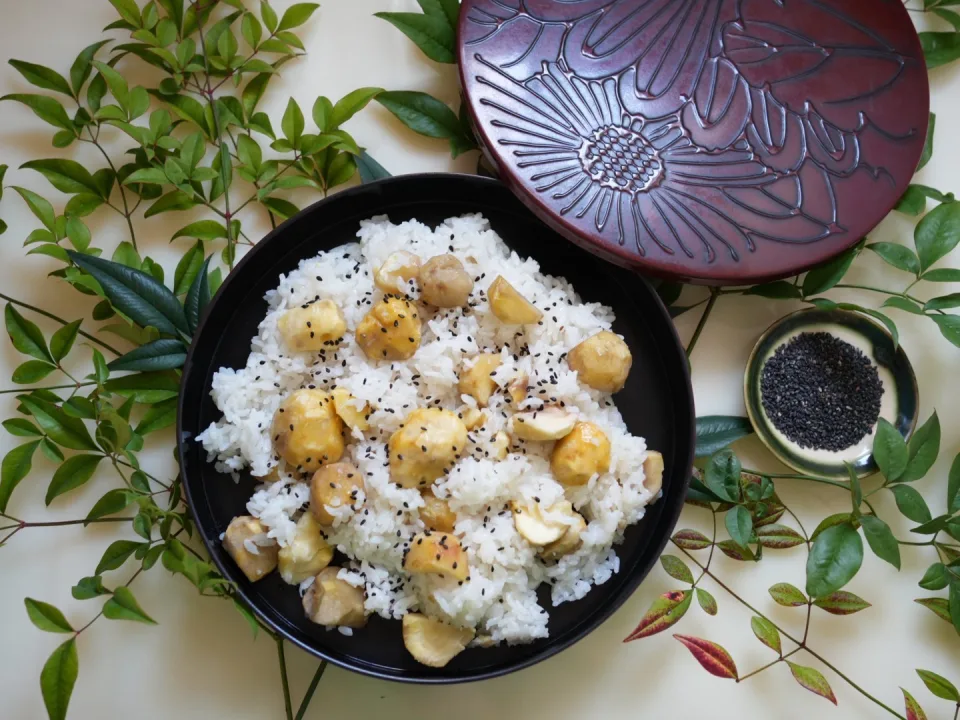
The ultimate seasonal Kuri Gohan, Soaked in Time and Thought
The moment I spotted the chestnuts at the market, I knew I wouldn’t leave without them. It was as if they called out — a sign that I was back in Japan, and back in the embrace of autumn. I carried them home like precious cargo, already picturing the dish I would make: Kuri Gohan, Japanese chestnut rice. A photo I’d saved from my culinary school days at Kinsaryu in Tokyo became my guide once again.
I had never made chestnut rice before. I knew the recipe, yes. But knowing is not the same as doing — especially when the doing involves three hours of focused, quiet peeling.
Waguri, the Japanese chestnut, is dense and dry in the best way — its flavor refined, not overwhelming. You don’t just peel it. You work through its thick outer shell and stubborn inner skin like you’re sculpting something important. As I worked, I found myself unable to stop at “good enough.” Every trace of brown inner skin had to go. It wasn’t about perfectionism — it was about care. And perhaps, a little bit of pride.
This, I thought, is what they meant when they said that hospitality… OMOTENASHI, begins with your hands. That to cook for someone is to show respect in every small act. And this dish, so simple and pure, felt like a meditation on that truth.
Recipe: Kuri Gohan (Japanese Chestnut Rice)
- Chestnut prep:
Soak waguri (Japanese chestnuts) in water overnight. The next day, peel both outer and inner skins carefully. This may take an hour or two…
Optional: Soak peeled chestnuts in myoban (alum) water to prevent discoloration and maintain texture. - Rice cooking:
Combine washed white rice, peeled chestnuts, mirin (for a touch of sweetness), and a pinch of salt. Steam together in a rice cooker or donabe (clay pot) until fluffy and fragrant.
The result is both modest and majestic. The kind of meal that nourishes beyond the body. Something that says — Tadaima (I’m home).
The meditational chestnut peeling

Quick flow in photo
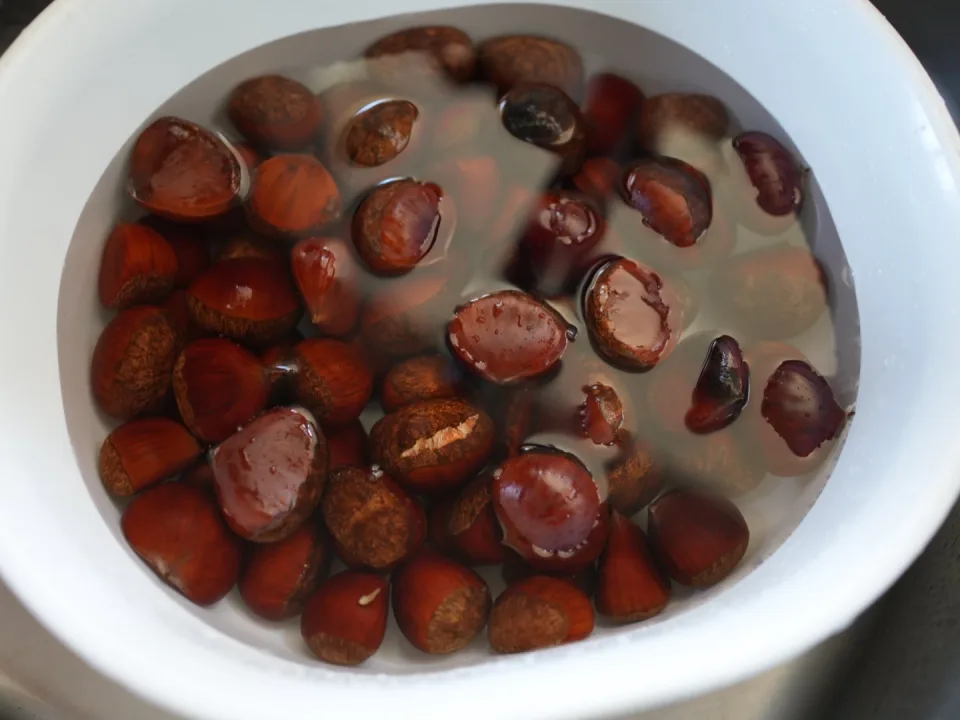
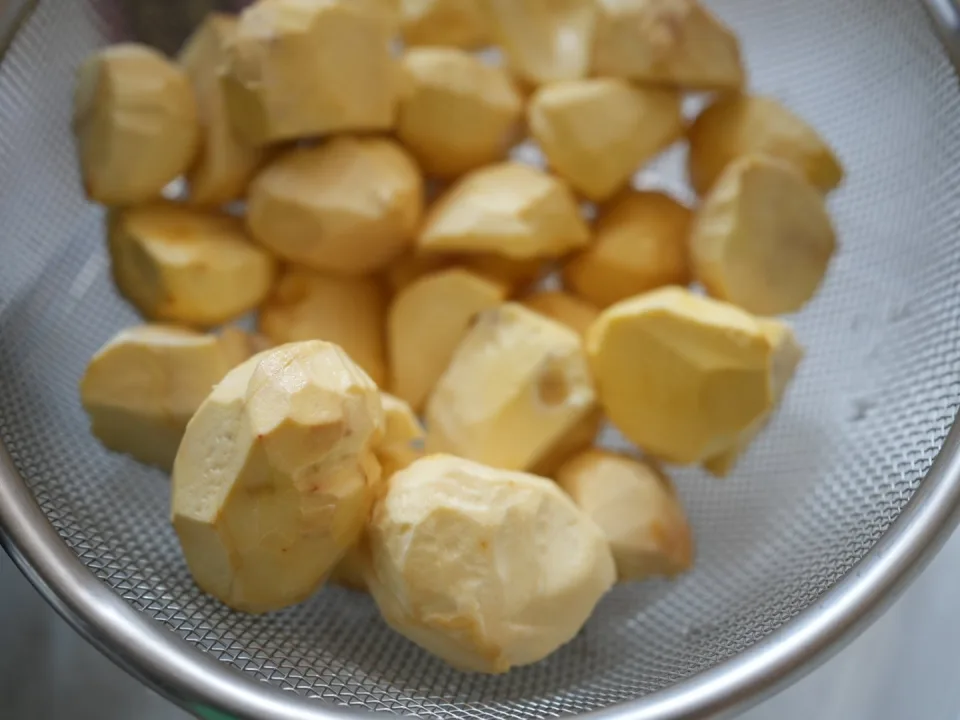
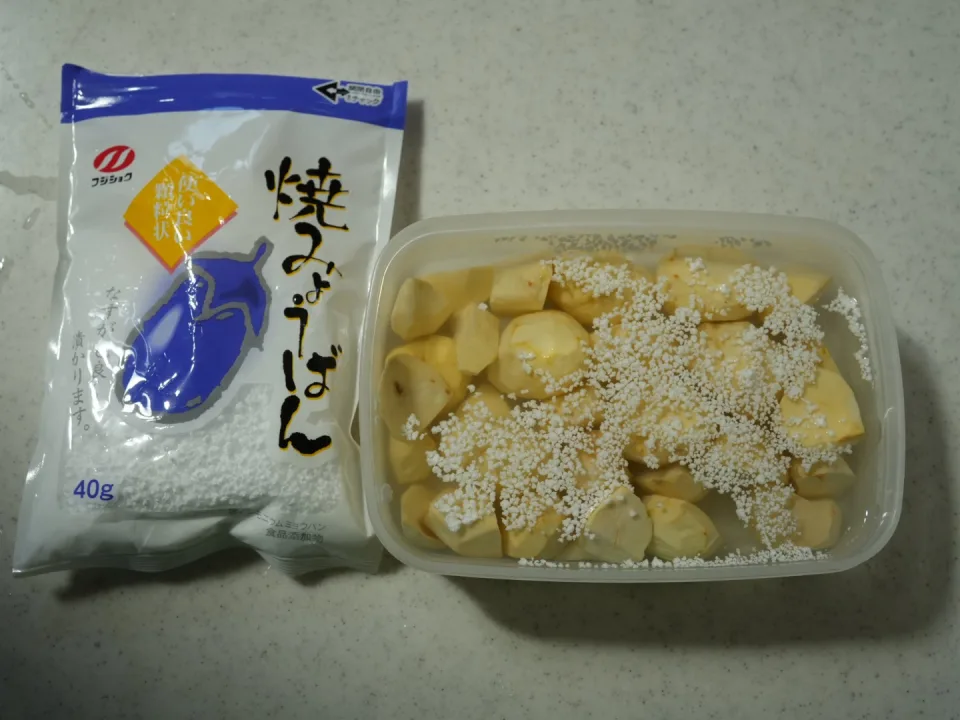
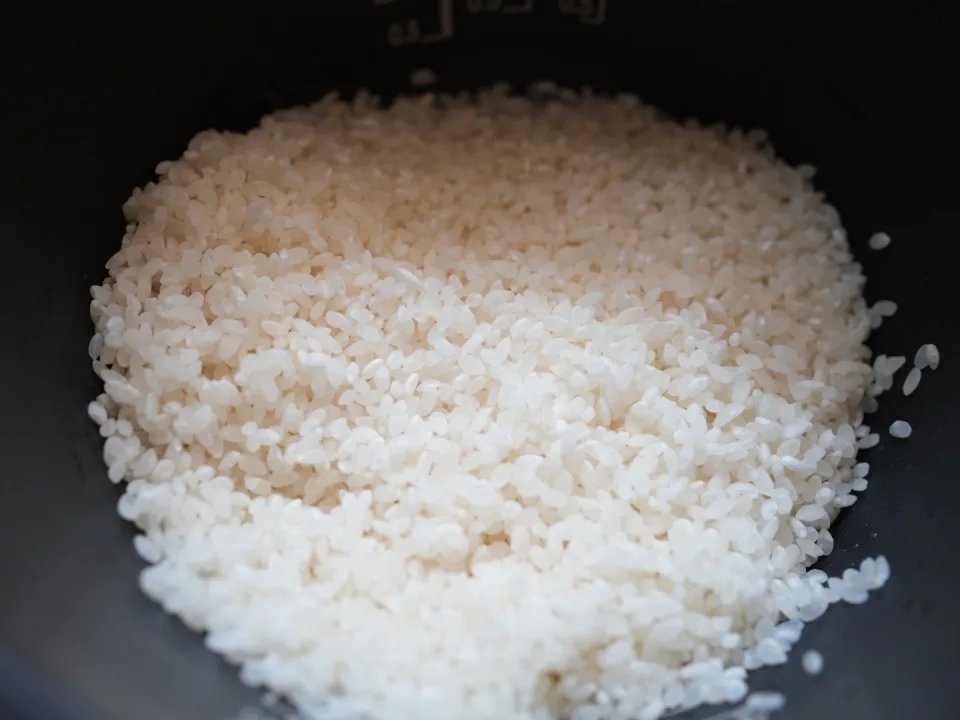
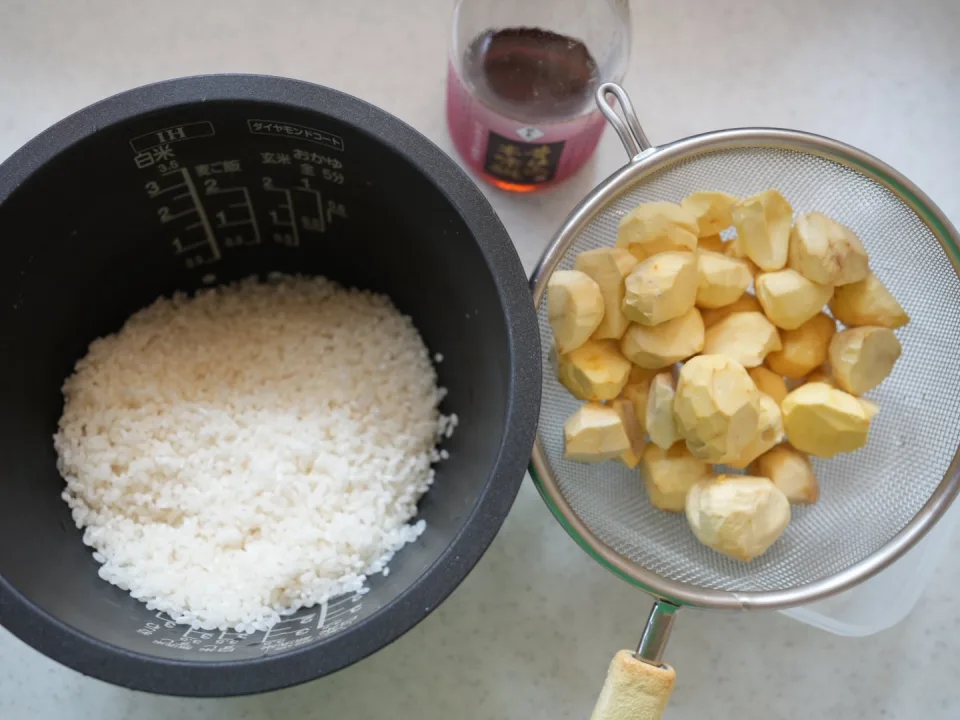
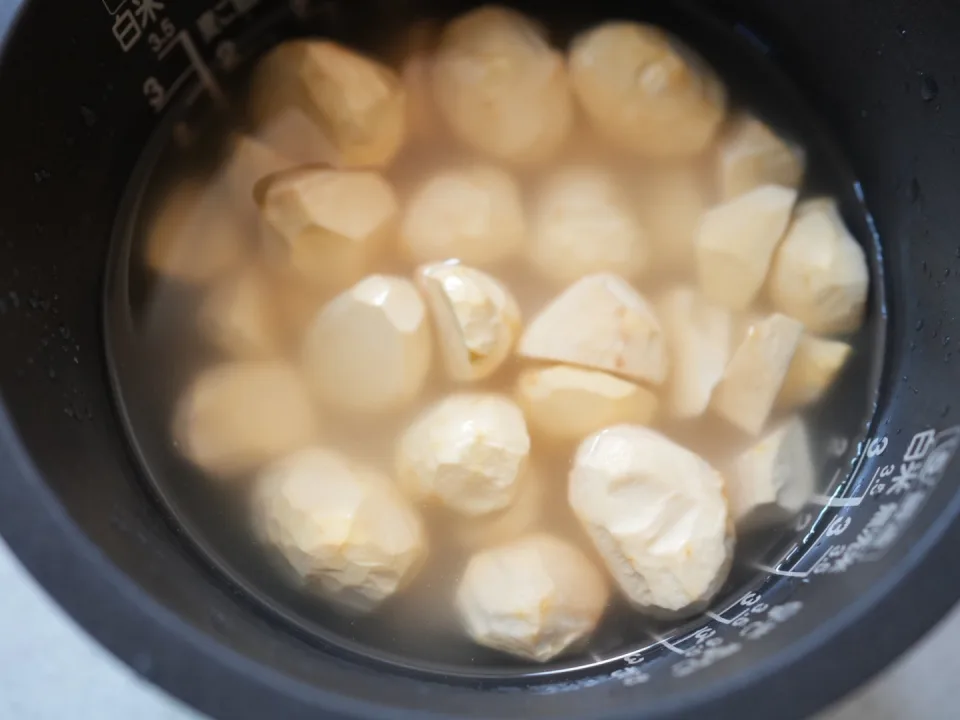
Bonus Recipe: Gomashio – The Unsung Finishing Touch
A bowl of Kuri Gohan isn’t truly complete until it receives its final kiss of gomashio – a sprinkle of black sesame seeds delicately coated in salt. This tiny garnish holds unexpected depth, adding not only savory contrast to the mellow sweetness of chestnuts and rice, but also embodying the quiet craft and mindfulness central to Japanese home cooking.
What surprised me most when I first learned the traditional method at my culinary school was that gomashio isn’t just sesame and salt mixed together. The ideal texture is achieved by simmering the two together in salted water, allowing each sesame seed to absorb and hold a thin, even coating of salt. It’s a subtle transformation—only visible once the water evaporates and the seeds turn dry and matte—but it changes everything. The salt no longer sits apart as grains. It becomes one with the sesame, making every bite harmonious.
How to Make Traditional Gomashio (Salted Sesame Topping)
- Ingredients
- 6 parts sesame seeds (I prefer a mix of white and black)
- 1 part water
- 1 part salt
- Steps
- Toast the sesame seeds lightly in a pan until aromatic, taking care not to burn them.
- Add the salt and water directly into the pan.
- Stir continuously over low heat as the water simmers away.
- Continue until all moisture is gone and the sesame seeds are dry and lightly crisp, each carrying a delicate salty sheen.
This simple preparation adds more than just flavor. When sprinkled on chestnut rice, it feels like the final step of a quiet ritual — a gesture of completeness. The soft chestnuts, fluffy rice, and savory-salty sesame come together like verses in a haiku. Humble, beautiful, and just enough.
I always think of goma shio as a small act of devotion — a detail that doesn’t shout, but that brings the whole dish into balance.
The meditational chestnut peeling

Quick flow in photo
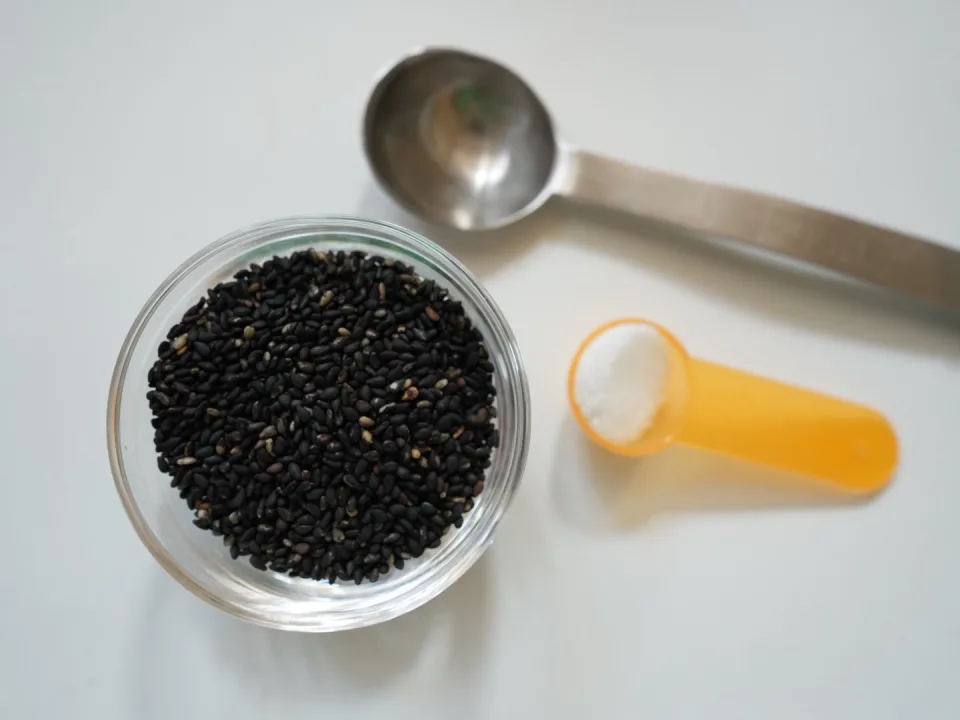
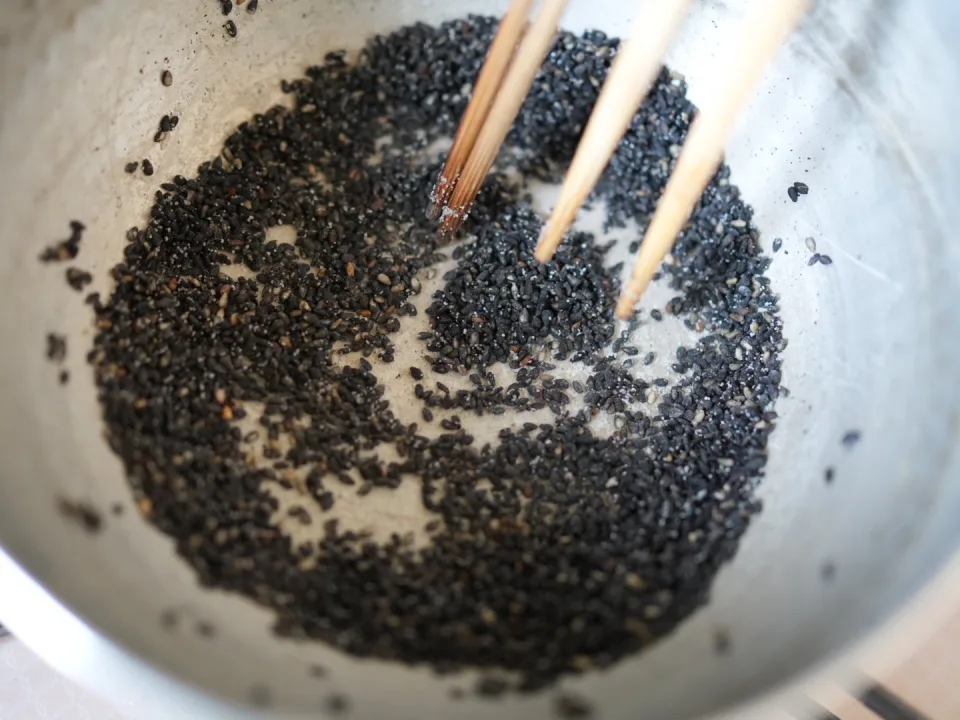
初めての栗ご飯、究極の栗時間
栗ご飯、はじめて自分で作りました。
レシピは至ってシンプル。それでも、これほど「手間をかけることの意味」を噛みしめながら作った料理は久しぶりでした。前夜から浸水させ、外皮と渋皮を丁寧に剥く作業に没頭すること数時間。途中、少しでも茶色の皮が残ると気になって、結局最後まで一粒ずつ仕上げました。
外食なら当たり前に美しく整っている栗ご飯。だけど、それを家庭で再現するのは、こんなにも時間と心を注ぐことだったのかと実感します。
そして、近茶流のレシピで学んだゴマ塩。水と塩を加えて火にかけ、ゴマがふわっと軽くなるまで乾煎り。普通に混ぜただけのゴマ塩とは香りも味もまったく違う。これだけで、栗のやさしい甘さが引き立ち、特別な一膳に感じられます。
秋の静けさと、丁寧に向き合う時間の豊かさを、ひと椀に詰め込んだような料理でした。
This post has a Video: Watch on Instagram✨(インスタにて動画も掲載しています)
A short Instagram video is available below, showing the overall flow and highlights of the recipe.
インスタでは、動画を交えて全体の流れやポイントをご紹介しています。
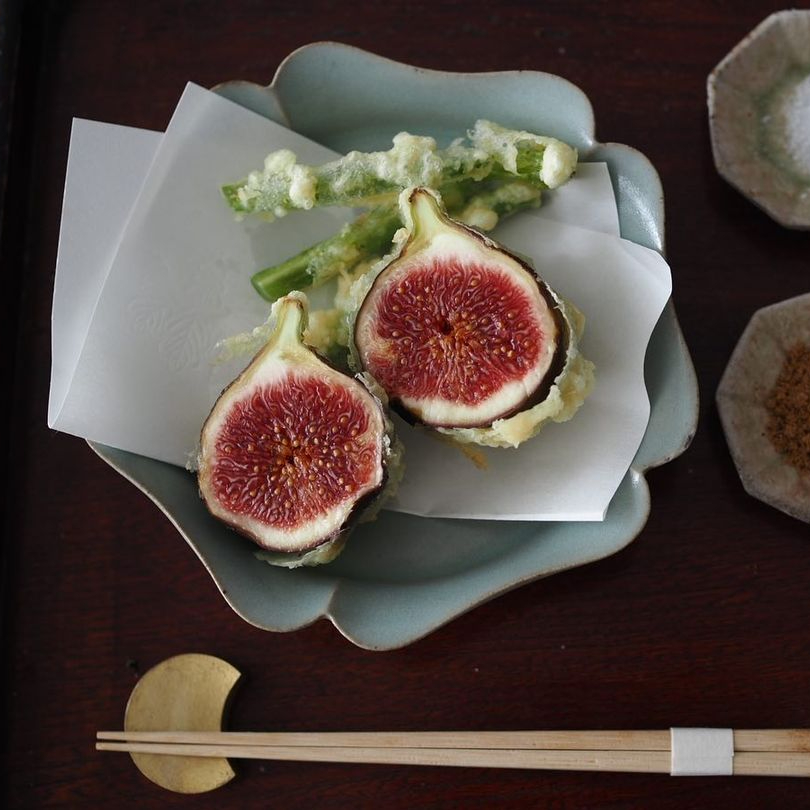
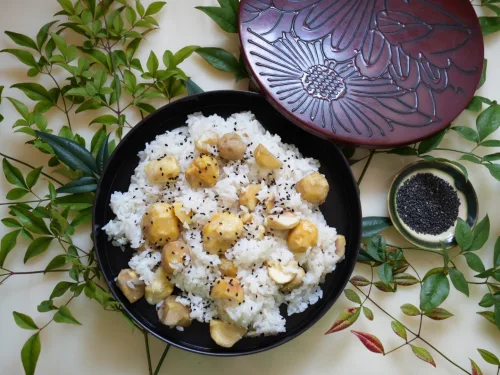
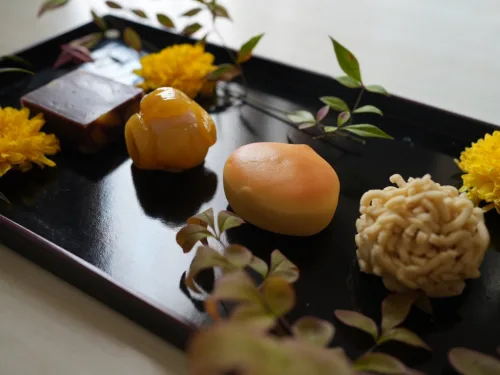
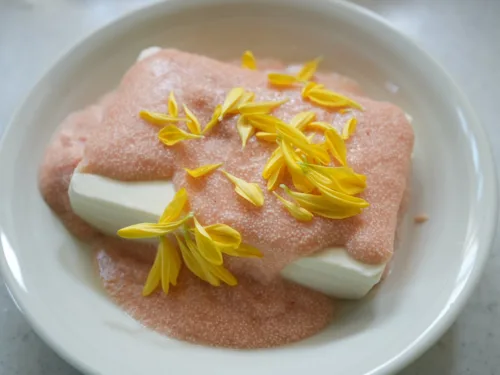


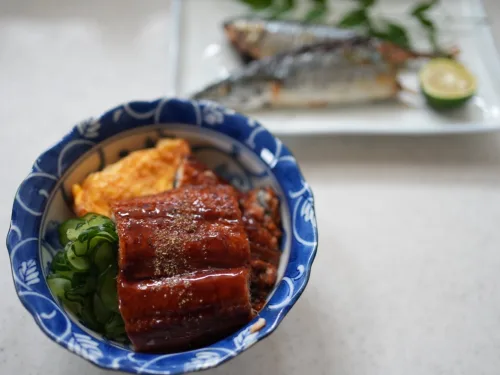
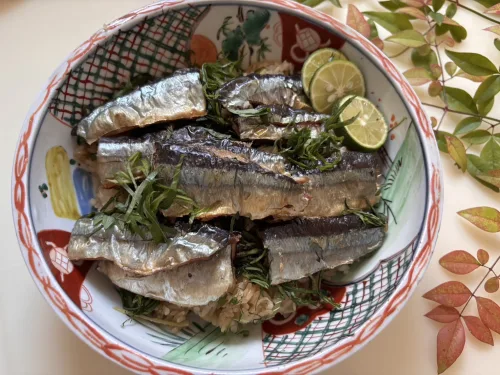
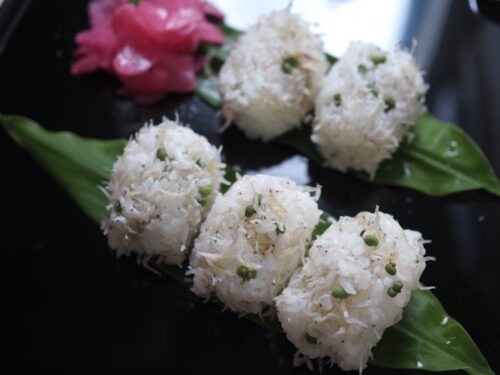
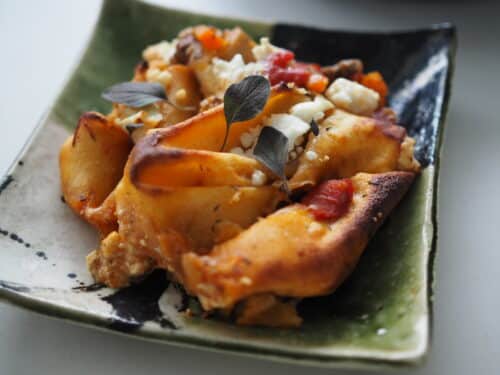
Comments